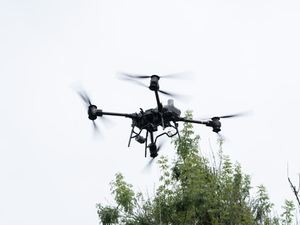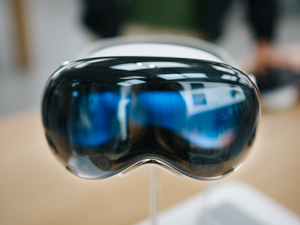Your Gaming Mouse Might Be Secretly Listening to You

Photo by Markus Spiske on Unsplash
Tech enthusiasts and gamers in the Bay Area, beware: your high-performance optical mouse could potentially become an unexpected spy device. Researchers at UC Irvine have uncovered a startling vulnerability in gaming mice that allows them to capture conversations through subtle desk vibrations using artificial intelligence.
The study, dubbed “Mic-E-Mouse,” reveals that gaming mice with advanced sensors capable of sampling data up to 8,000 times per second can be manipulated to record audio with an alarming accuracy between 42% and 61%. Local tech companies like Corsair from Milpitas, Logitech in San Jose, and Razer are among the manufacturers potentially affected by this security risk.
The vulnerability emerges when a mouse is connected to a compromised computer, which can happen through seemingly innocent channels like infected creative apps or video games. Researchers demonstrated that by collecting mouse packet data, they could extract audio waveforms without requiring complex additional hardware.
Sunnyvale-based PixArt Imaging, a key manufacturer of sensors used in these gaming mice, is at the center of this technological concern. The research suggests that the audio transmission quality significantly degrades when conversations remain below 60-80 decibels and are conducted on thick or signal-absorbing surfaces.
To mitigate potential risks, the researchers recommend several security measures for tech companies. These include creating approved peripheral lists, implementing firmware updates that limit data exposure, and actively blacklisting known vulnerabilities.
While the research might sound like a plot from a tech thriller, it underscores the increasing complexity of cybersecurity in our interconnected digital world. As devices become more sophisticated, so do the potential methods for unauthorized surveillance.
For Bay Area tech users and gaming enthusiasts, this study serves as a critical reminder to remain vigilant about the devices we connect to our computers and the potential hidden risks lurking in our everyday technology.
AUTHOR: mb
SOURCE: SFist



















































